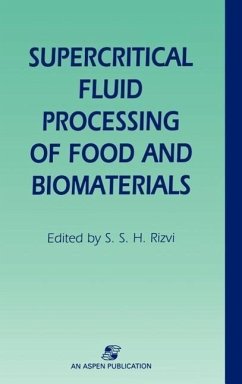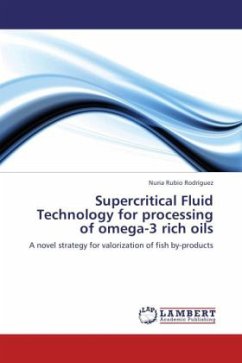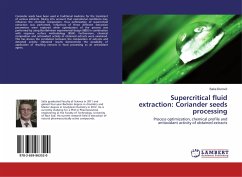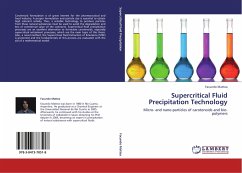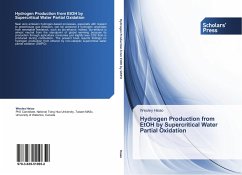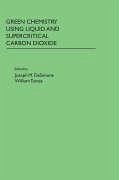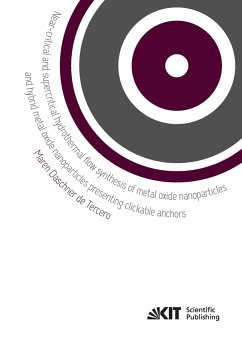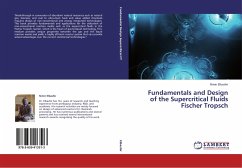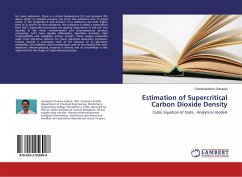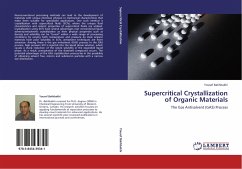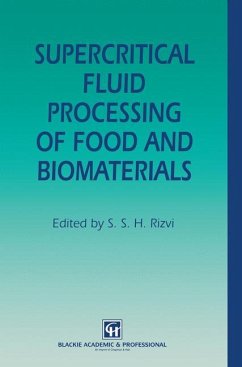
Supercritical Fluid Processing of Food and Biomaterials
Versandkostenfrei!
Versandfertig in 6-10 Tagen
38,99 €
inkl. MwSt.

PAYBACK Punkte
19 °P sammeln!
The need for understanding the fundamentals of supercritical fluid processing and their applications to ever-widening ranges of materials and conditions continues to expand. There has been much interest in the use of supercritical fluids as solvents in bioprocessing of food and related materials. Admittedly, a few successful applications of supercritical fluids could be cited but these are minuscule in comparison with the potential applications as yet undeveloped and unexploited. This volume is based on the papers presented at the symposium on Super critical fluid processing of biomaterials: B...
The need for understanding the fundamentals of supercritical fluid processing and their applications to ever-widening ranges of materials and conditions continues to expand. There has been much interest in the use of supercritical fluids as solvents in bioprocessing of food and related materials. Admittedly, a few successful applications of supercritical fluids could be cited but these are minuscule in comparison with the potential applications as yet undeveloped and unexploited. This volume is based on the papers presented at the symposium on Super critical fluid processing of biomaterials: Basics of process design and applications organized during the 8th World Congress of Food Science and Technology held in Toronto, Sept. 29-0ct. 4, 1991. The coverage represents the breadth of interest in this field around the world. I am indeed indebted to the authors who so willingly brought their work to the symposium and provided revised manuscripts of their papers for publication. I wouldalso like to acknowledge the assistance of Professor M. LeMaguer of the University of Guelph for co-chairing the symposium. , The organization and successful completion of the symposium and the production of this volume is due to the assistance of the Technical Program Committee of the Congress and the cooperation of many people. I express my appreciation to them all. S. S. H.



